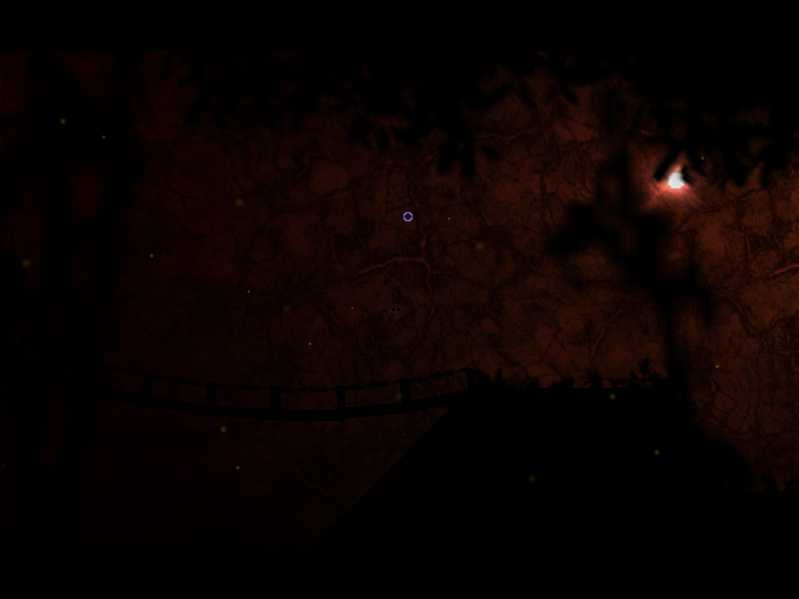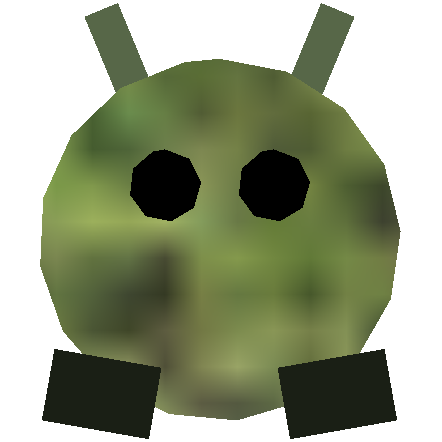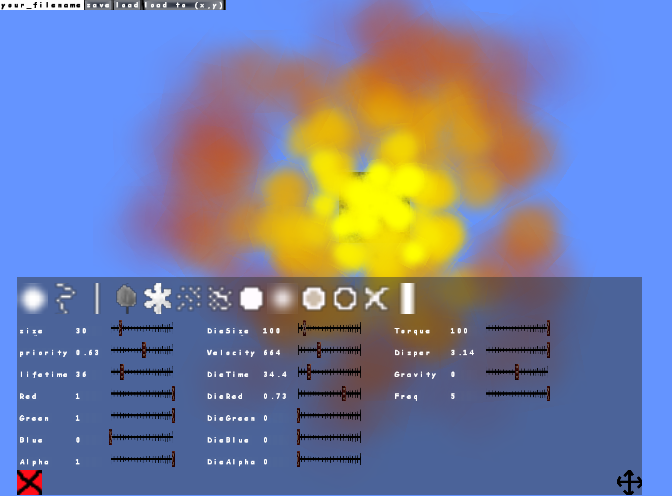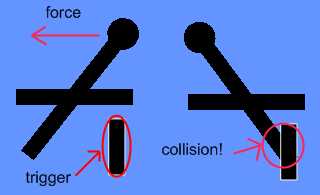It has began.
Alpha version of GRIMIND is released to public.
recomended: see upgraded static page for game configurations details
Download GRIMIND alpha
(click download now button)
If you have runtime crashes then set compatibility with windows xp (service pack 3) changed to upgraded version, bug not exist
Two words about game and gameplay:
- Game contains only first level / episode which is rather easy (i think). Gameplay is maximally linear, the puzzles are also not really complicated. Next chapters of game will give more freedom to player, also scenario will expose more details about player and his amnesia.
- Actually tiny group of people have already played that game. I have noticed that most difficulty is to get used to player dynamics and his inertia. After about 5 minutes of playing you should start to feel player
- You should really play in dark as welcome text suggests. This is because 2 reasons: first- game is more climatic, second- game is really dark, in some moments you wont be able to see your main character if your room in full of light
- Level contains nearly 1 000 objects mostly rectangles, and about 20 hard coded scripts which are really comfortable to use
As I said before: this is teaser i have used only couple mechanics that are possible in current state of engine, there are many other things I want include in game.
I also love to see your feedback about the game, especially if it was fun to play? what you dislike? how long took you to pass level?
Good luck in playing GRIMIND early version
Enjoy!











